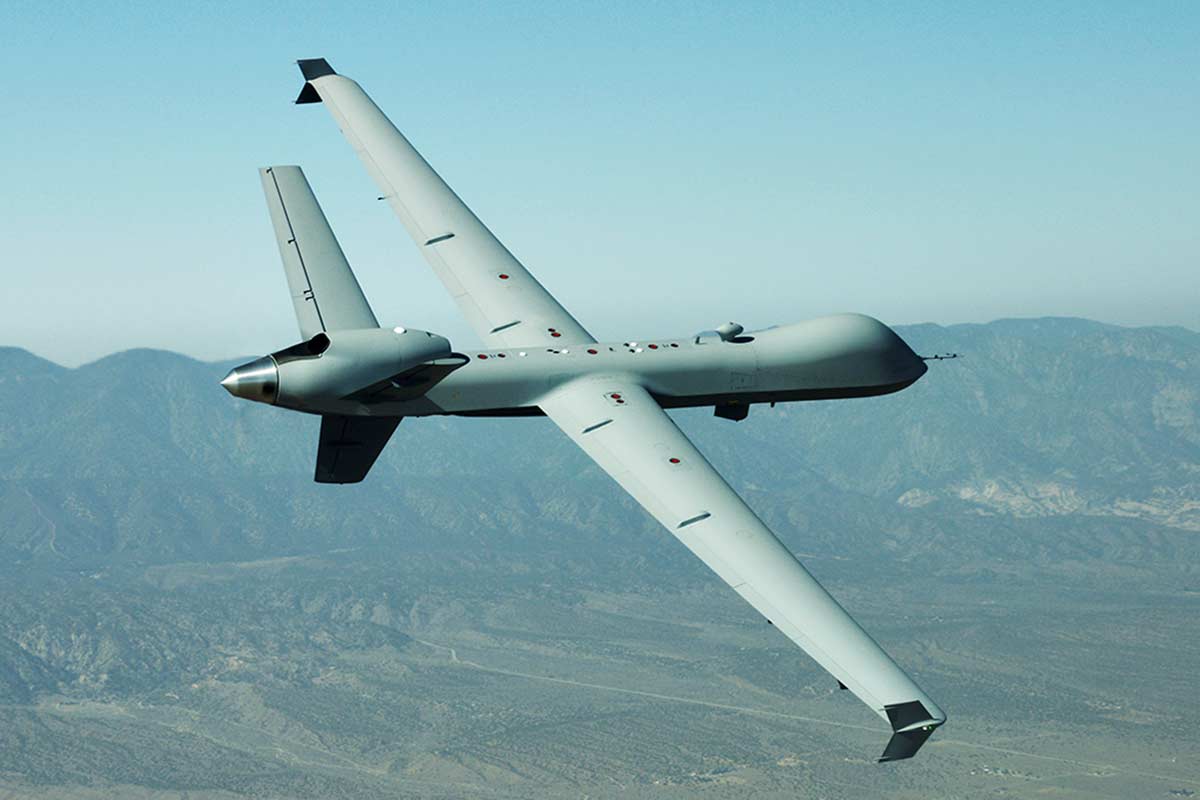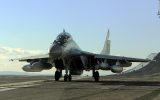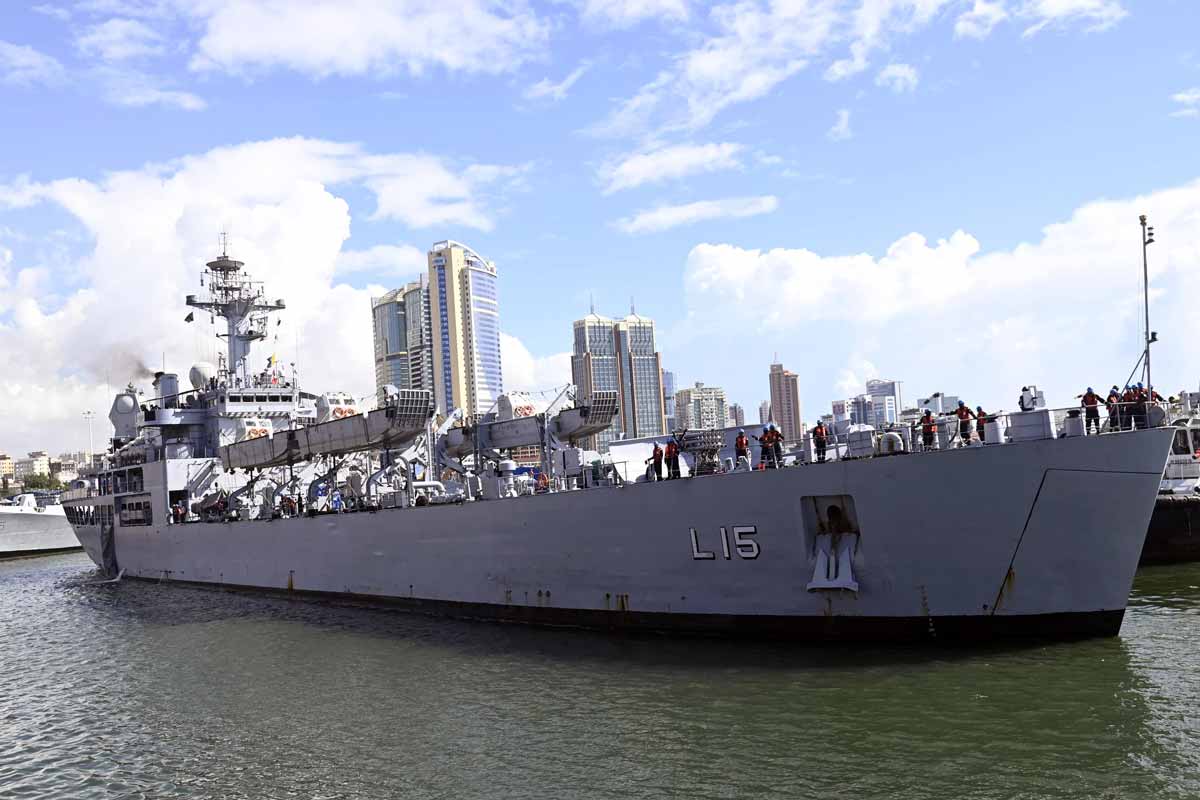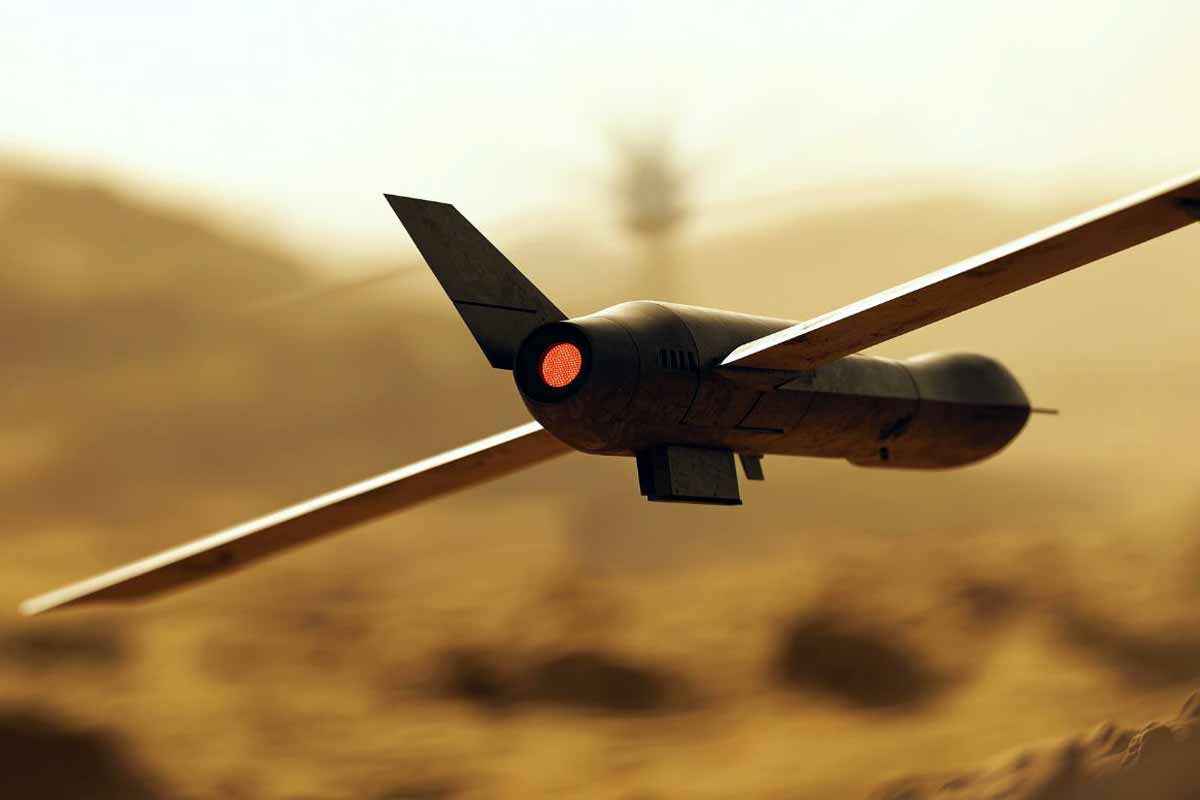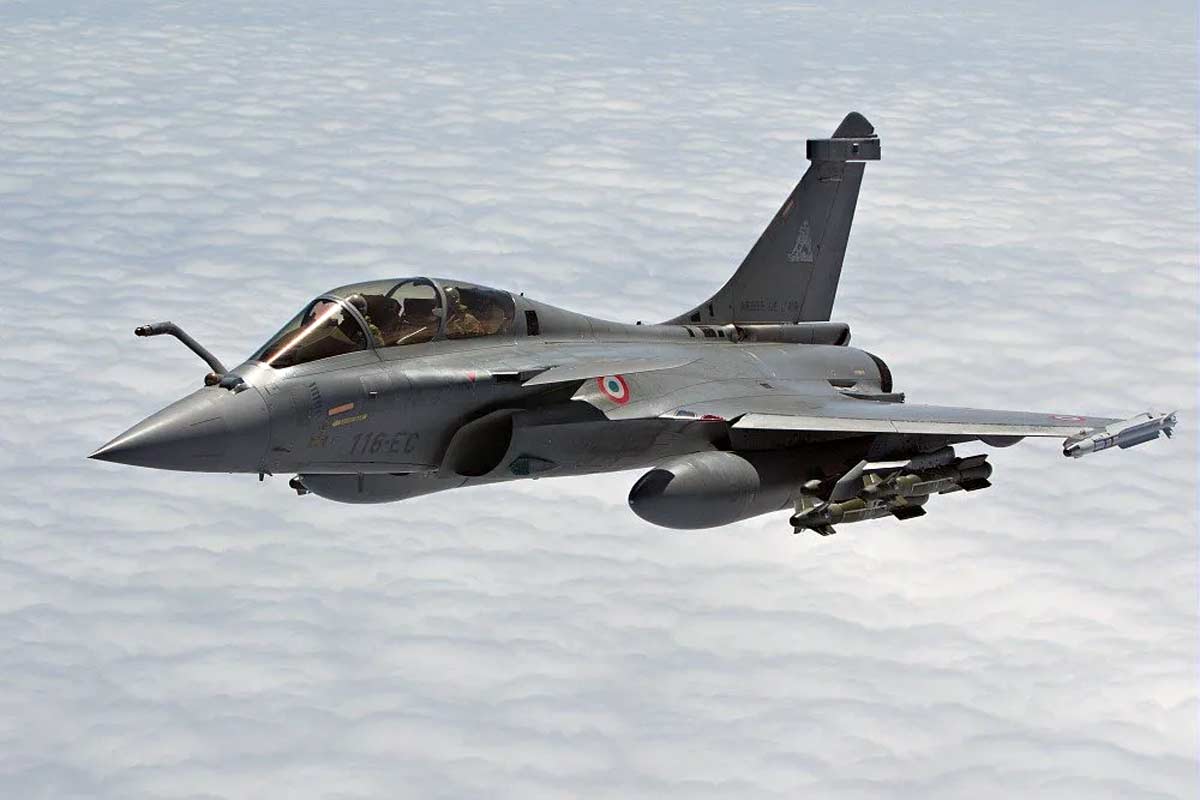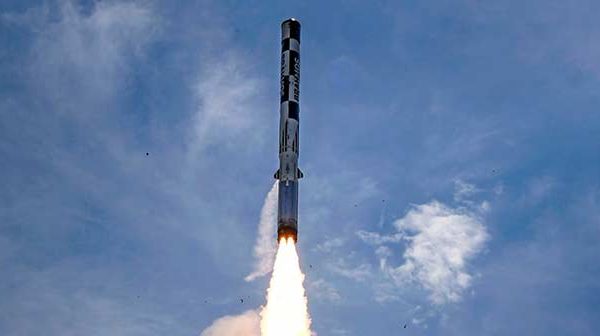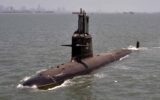Indian Navy Drone Lease: In a significant step to reduce the high upfront cost of acquiring latest weapon platforms, Indian Navy this month inducted two MQ-9B Sea Guardian drones manufactured by the US defence major General Atomics on lease. These unarmed Sea Guardian drones, a variant of Predator drones, will be used in conducting long range surveillance operations in the Indian Ocean region but can also be deployed in Ladakh on China border, said people familiar with the matter.
“The drones arrived in India in the second week of November. They have been inducted into the flying operations on November 21 at Indian Navy base at INS Rajali in Tamil Nadu,” a source told media.
Indian Navy used its emergency procurement powers granted by the Defence Ministry in view of the India-China border conflict to lease these two drones from US defence and nuclear giant General Atomics.
American crew from General Atomics is also accompanying the equipment and would support the Indian Navy in operating the machines, the sources said.
The intelligence data from the two drones is being fed into the Indian Navy’s warfare network and the country will have exclusive control over the data gathered by the two drones.
According to sources, General Atomics is required to maintain a certain number of flying hours per month as per the contract. The lease contract helped Indian Navy to develop critical support and service infrastructure to support the operation of these drones.
These unarmed sea guardian drones have a maximum range of 5,500 nautical miles and can loiter over the vast areas for up to 35 hours.
READ: Air Force seeks early induction of Light Combat Helicopter
It gives Indian Navy a quantum jump in terms of monitoring both the end of its usual area of operations, from Malacca Straight in the east to Persian Gulf in the west in a cost effective way as operating these drones are far more cheaper than the surveillance sortie of Boeing’s P8i maritime reconnaissance aircraft operated by the force.
Indian Navy has 9 Boeing P8i aircraft for long range surveillance and anti-submarine warfare.
In an unusual decision, India deployed them for tracking Chinese Army’s movement in eastern Ladakh region due to their surveillance capabilities.
According to people familiar with the matter, the initial leasing contract is for one year with an option to extend it by one more year.
READ: Indian Air Force gets 3 more Rafale fighter jets

PM Modi with US leaders.
New Delhi and Washington DC have been working very closely during the ongoing conflict against Chinese aggression in Eastern Ladakh including sharing intelligence.
Last month, India and the US signed Basic Exchange and Cooperation Agreement (BECA) that allows the US to share sensitive geo-spatial data with India that could be used in increasing the performance of both weapon and surveillance systems.
READ: HAL awards Rs 400 crore Project Parivartan ERP contract to Tech Mahindra
Sources said the option of leasing weapon systems has been provide under the Defence Acquisition Procedure 2020 and the Defence Procurement Manual of 2009.
“It helps in saving funds and the responsibility of maintenance,” said a source.
READ: Modi Govt names 18 Pakistan based individuals as designated terrorists
Under the lease agreement, the drone manufacturer’s crew will only help in the maintenance and technical issues while the mission planning and operational control will rest with Indian Navy.
The data gathered by the drones during the flight would also be the exclusive property of the Indian Navy, the sources said.
READ: HAL tests Light Utility Helicopter LUH in Leh, Siachen glacier
General Atomics Aeronautical Systems (GA-ASE)
General Atomics Aeronautical Systems, Inc. (GA-ASI) is an affiliate of privately-held General Atomics and is a leading manufacturer of Remotely Piloted Aircraft (RPA) systems, radars, and electro-optic and related mission systems solutions.
The US defence giant says its drones and sensor systems are designed and engineered for long-endurance and they have raised the standard and redefined intelligence, surveillance, reconnaissance tactics and precision strike capabilities.
READ: Nag missile clears final user trial, ready for Ladakh deployment


